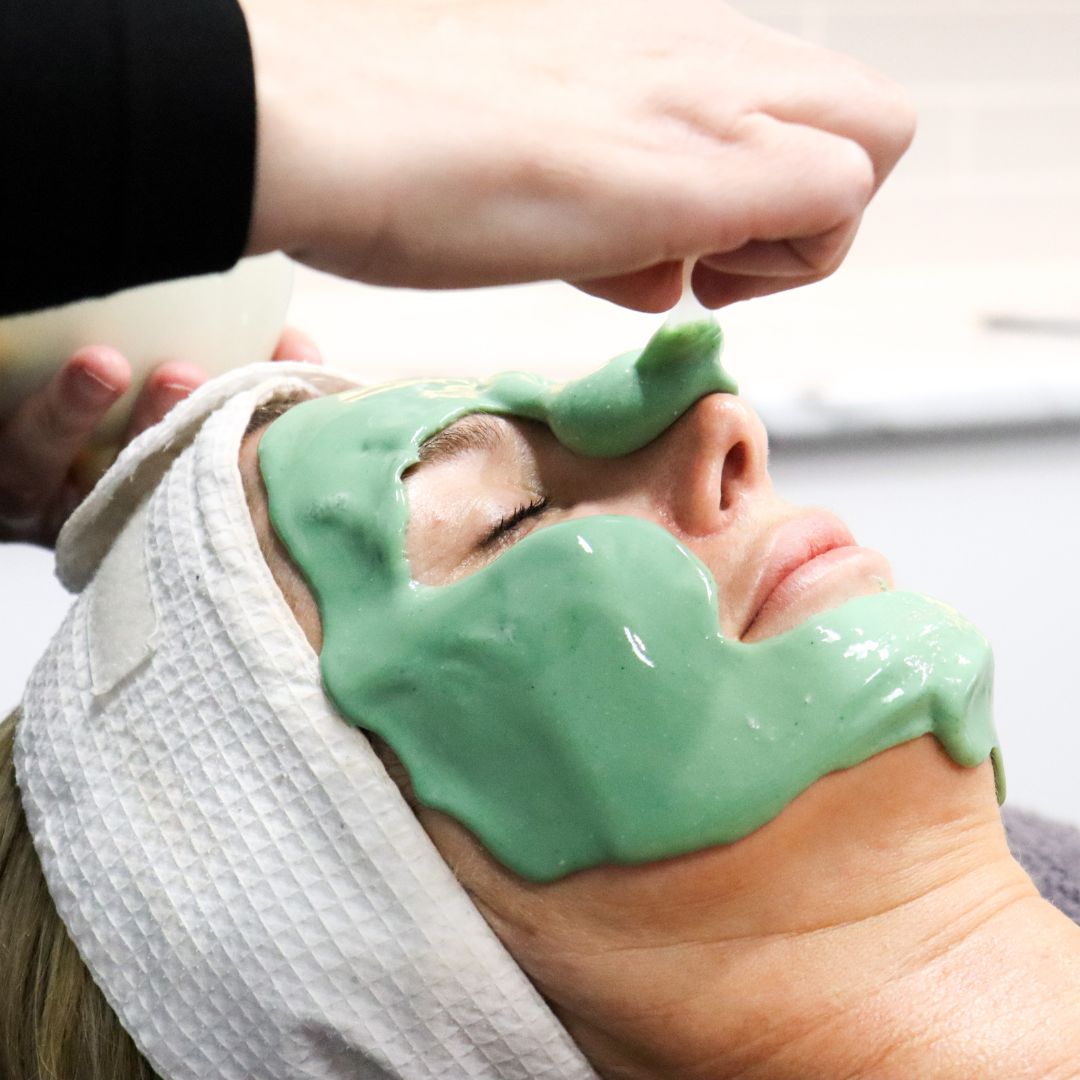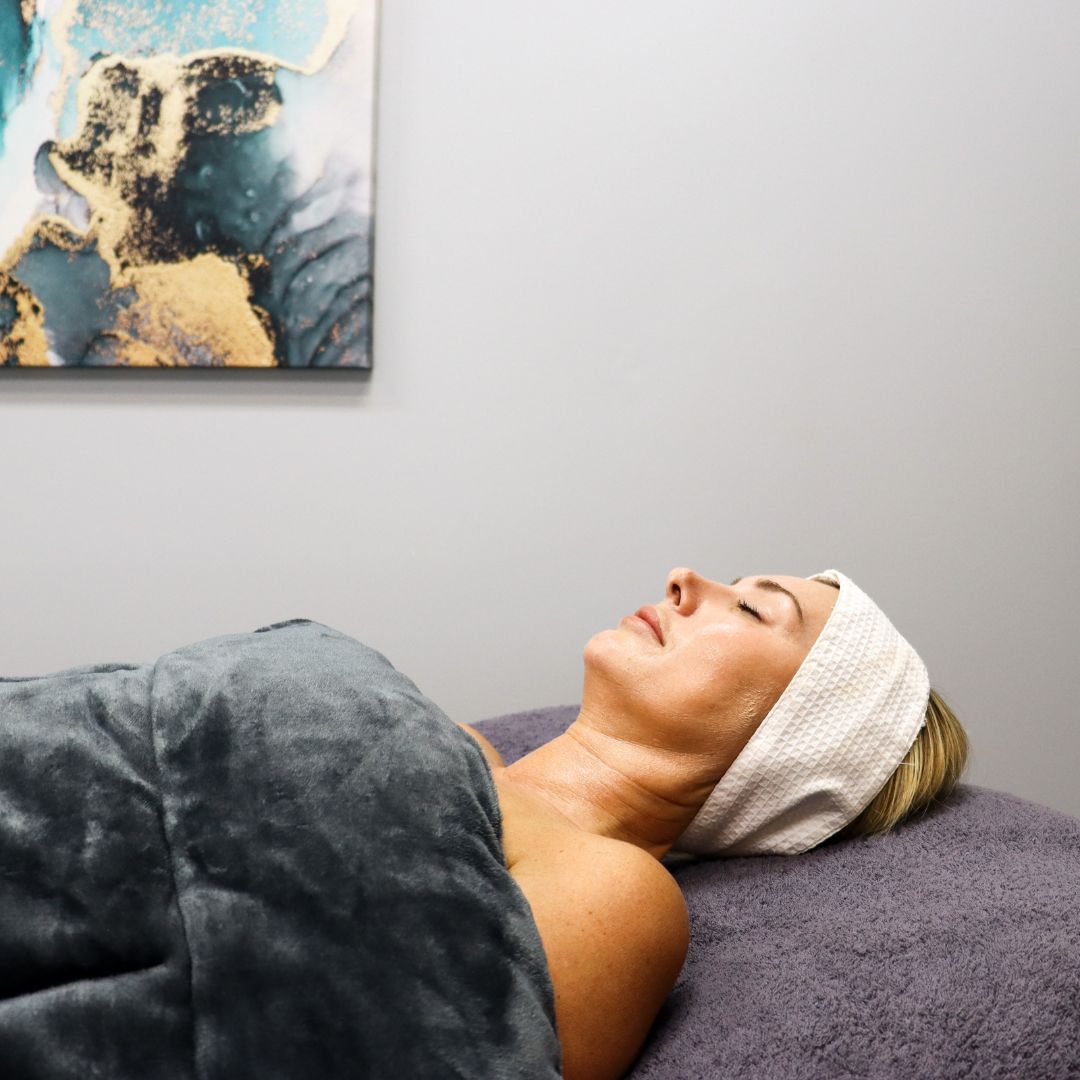Autoimmune Diseases
Specialising in problematic skin conditions.
Autoimmune Diseases.
Autoimmune diseases are conditions in which the body’s immune system, which is responsible for defending against harmful invaders like bacteria and viruses, mistakenly attacks healthy cells and tissues. This can result in a wide range of symptoms and health problems, including skin-related issues. Autoimmune diseases that affect the skin are known as autoimmune skin diseases or autoimmune dermatoses. Here are some common autoimmune skin diseases and their characteristics:
Psoriasis: Psoriasis is a chronic autoimmune skin condition that leads to the rapid buildup of skin cells. This buildup causes red, scaly, and often itchy patches or plaques to develop on the skin. Psoriasis can affect any part of the body, including the scalp, elbows, knees, and nails.
Lupus Erythematosus (LE): Systemic lupus erythematosus (SLE) is a systemic autoimmune disease that can also affect the skin. Skin manifestations of lupus include a butterfly-shaped rash on the face (malar rash), discoid lupus (red, scaly patches), and photosensitivity (skin rash triggered by sunlight).
Dermatomyositis: Dermatomyositis is an autoimmune disease that affects the skin and muscles. Skin symptoms often include a violet or dusky red rash on the face, neck, shoulders, and chest, as well as skin changes on the fingers, such as “Gottron’s papules.”
Pemphigus and Pemphigoid: Pemphigus and pemphigoid are rare autoimmune blistering disorders. In pemphigus, blisters develop on the skin and mucous membranes, while pemphigoid primarily affects the skin, causing itchy blisters and hives.
Scleroderma: Scleroderma is an autoimmune disease that causes the skin to become thick, tight, and hardened. This condition can affect the fingers, face, and other parts of the body, leading to changes in skin texture and colour.
Vitiligo: While the exact cause of vitiligo is not fully understood, it is believed to involve autoimmune mechanisms. Vitiligo results in the loss of pigment in the skin, leading to white patches or depigmentation.
Bullous Pemphigoid: Bullous pemphigoid is another autoimmune blistering disorder that primarily affects the elderly. It results in large, fluid-filled blisters and hives on the skin.
Alopecia Areata: Alopecia areata is an autoimmune condition that causes hair loss. It can affect the scalp, eyebrows, eyelashes, and other areas with hair.
Behcet’s Disease: Behcet’s disease is a multisystem autoimmune disorder that can cause oral and genital ulcers, as well as skin lesions such as erythema nodosum or pseudo folliculitis.
Granuloma Annulare: While the exact cause is not clear, granuloma annulare may involve autoimmune mechanisms. It results in raised, reddish or skin-coloured bumps that often form a ring or circle.
Treatment And Prevention.
Management of autoimmune skin diseases typically involves a combination of medications to suppress the overactive immune response and topical treatments to relieve symptoms and manage skin changes. Dermatologists and rheumatologists often collaborate in the diagnosis and treatment of these conditions, as they can have systemic effects beyond the skin. Early diagnosis and appropriate management are crucial for managing symptoms and preventing complications in autoimmune skin diseases.






